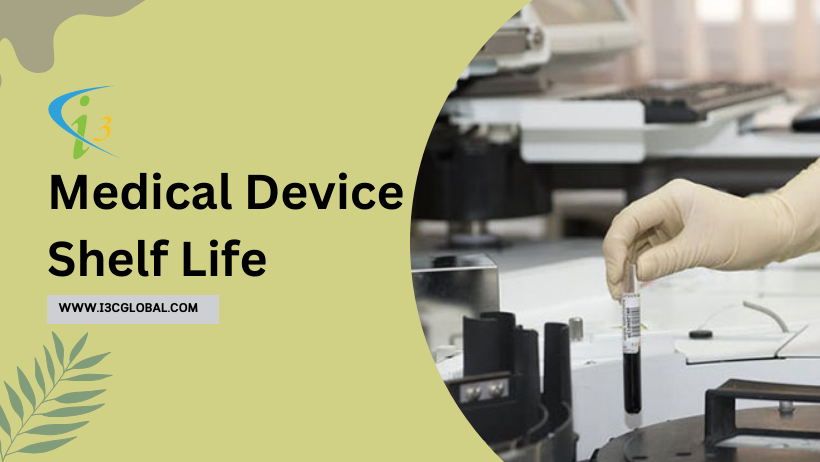Quick Contact
Medical Device Shelf Life
The medical device shelf life refers to the period during which the device is stored and can be expected to remain within its specified performance and safety parameters while in its original packaging and under recommended storage conditions.
Shelf life is influenced by factors such as the stability of materials, packaging integrity, and the device’s susceptibility to environmental conditions (e.g., temperature, humidity).
At the end of the shelf life, the device is considered expired, and it may no longer be guaranteed to meet its specifications. Therefore, it should not be used beyond its expiration date.
In summary, the medical device lifetime relates to the duration the device is expected to function safely and effectively in a clinical setting, while shelf life pertains to the period during which the device can be stored without compromising its performance and safety, prior to actual use. Both concepts are crucial for ensuring the reliability and safety of medical devices throughout their lifecycle.
Medical Device Shelf Life Determination
The medical device shelf life refers to the period during which the device is expected to remain safe and effective for human use, if stored and handled according to the manufacturer’s instructions. The medical device shelf life is determined through various testing and stability studies conducted on the product by the manufacturer
The important factors influence the determination of a medical device’s shelf life are the following
Material Stability: The construction materials used in the device must be stable over time. This includes the physical and chemical properties of the materials.
Sterility: For sterile medical devices, the shelf life is important for the maintenance of sterility. Therfore packaging, packing materials, sealing and sealing methods should be adequate enough to prevent the ingress of microorganisms.
Packaging: The packaging and packing material of a medical device plays a crucial role in protecting it from environmental factors such as light, moisture, and temperature changes. Proper packaging helps maintain the quality of the device over time.
Biological Safety: Some medical devices come into direct contact with the human body. The shelf life takes into account the biological safety of the materials used and any potential risks associated with prolonged exposure. So biocompatibility is an essential factor to maintain the shelf life.
Performance and Functionality: The device must continue to meet its performance and functionality specifications throughout its shelf life. This is important for devices that are used in critical medical / hospital applications.
Labeling: The manufacturer provides instructions for storage conditions and any other relevant information on the product label. Adherence to these instructions (Temperature ) is crucial for maintaining the device shelf life.
Regulatory Requirements: Regulatory bodies such as US FDA often have specific requirements regarding the criteria and documentation of shelf life. Manufacturers must comply with these regulations to market their devices.
Shelf life is typically expressed in the primary or secondary information panel / Label / carton as a “use by” or “expiration” date. It is important for patients and or hospitals/ healthcare facilities to adhere to these dates to ensure the safety and effectiveness of the medical devices as per the intended used claimed by the mnaufacturer. Additionally, manufacturers may conduct periodic reviews and update shelf life information based on ongoing testing and data from post market and other resources.
If you are developing a technical file based on EU, UK or FDA, please keep in mind, it’s essential to establish documentary evidence (procedures/protocols and reports) to support your claim. Contact us for more information.

